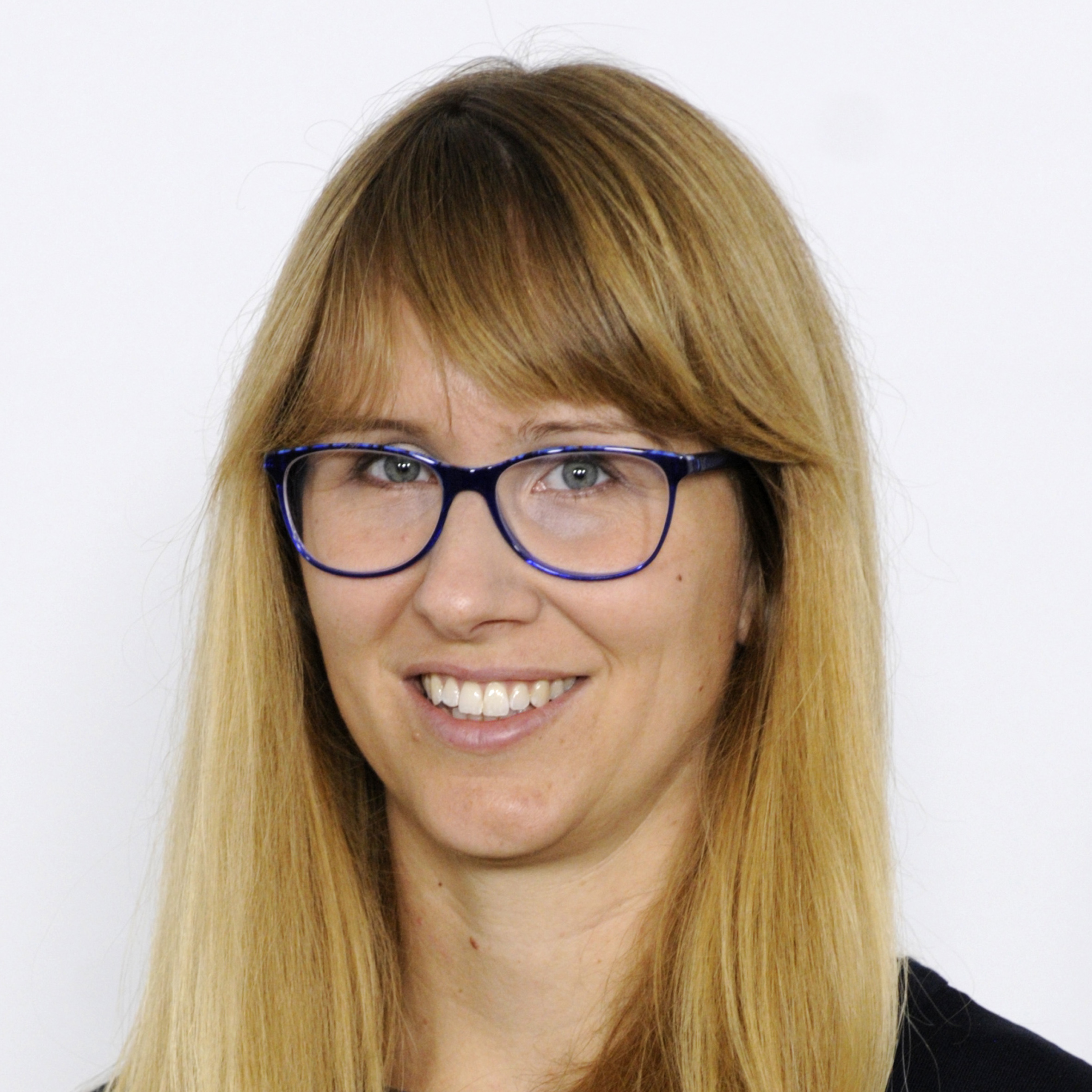The Role of Parenthood on the Gender Gap among Top Earners
New paper “The Role of Parenthood on the Gender Gap among Top Earners” from Aline Bütikofer, Sissel Jensen and Kjell G. Salvanes published in European Economic Review.
The Role of Parenthood on the Gender Gap among Top Earners
In their new paper “The Role of Parenthood on the Gender Gap among Top Earners” published in European Economic Review, Aline Bütikofer, Sissel Jensen and Kjell G. Salvanes study the effect of parenthood on the careers of high-achieving women relative to high-achieving men.
In recent decades, gender differences have converged in relation to labor force participation, paid hours of work, hours of work at home, lifetime labor force experience, and occupations. In addition, women have outnumbered men in higher education for several decades. However, despite a considerable decrease in the gender wage gap, substantial gender inequality persists. In particular, the convergence in earnings has been slower in the upper part of the earnings distribution, where middle-aged men remain dominant in the highest earning occupations.

Heterogeneity in child wage penalty for college-educated women across majors
The career paths of women are negatively affected by childbearing and the gender wage gap increases at the onset of parenthood. This penalty of childbirth is largest among highly skilled women. There are several potential explanations for this divergence in wages after the birth of the first child: women change the number of work hours after the birth and there is a strong tendency for job changes to more family-friendly firms.
Using Norwegian registry data, Bütikofer, Jensen and Salvanes show that there is a substantial child earnings penalty for college educated mothers and that this earnings penalty differs by college major. In particular, they find that the child earnings penalty for mothers in professions with a nonlinear wage structure, such as MBAs and lawyers, is substantially larger than for mothers in professions with a linear wage structure.

The Impact of Paid Maternity Leave on Maternal Health
Highest childbirth penalty in professions with nonlinear wage structure
A nonlinear wage structure suggests that workers receive a very large increase if they can work for long hours and particular hours. One reason for this nonlinear wage structure is that, in some professions, e.g., trial lawyers or consultants, the roles cannot be easily performed by other workers who are not close substitutes. Hence, there is a high demand and, correspondingly, high compensation for personalized services and face-to-face time in certain sectors. On the other hand, in science, medicine, and pharmacy, tasks are less personalized, working hours are better regulated, and the wage structure is more linear.
If mothers of young children prefer more flexible hours and shorter workdays, sectors with a nonlinear wage structure where many women with MBA or law degrees work, are less attractive. Consequently, these mothers might be willing to trade lower pay for more flexible work hours. Hence, the wage penalty for motherhood is much stronger for women with MBA or law degrees compared to science, technology, engineering, mathematics (STEM) and medicine graduates.
It should be noted that the choice of education, profession and career path is endogenous. Hence, there may be unobservable differences influencing individuals’ selection of different professions and the results are therefore only indicative of the causal effect of the birth of the first child on parental earnings.
